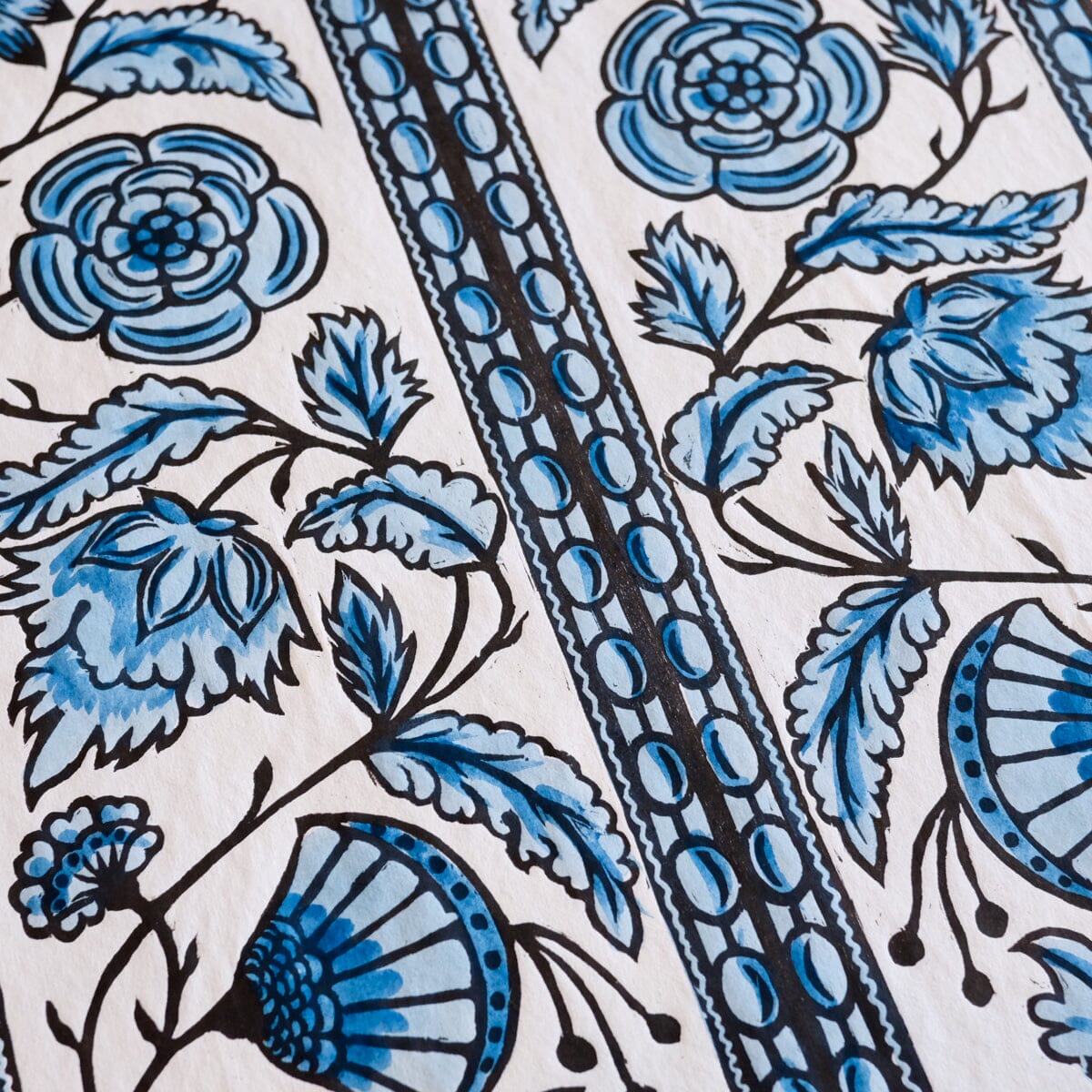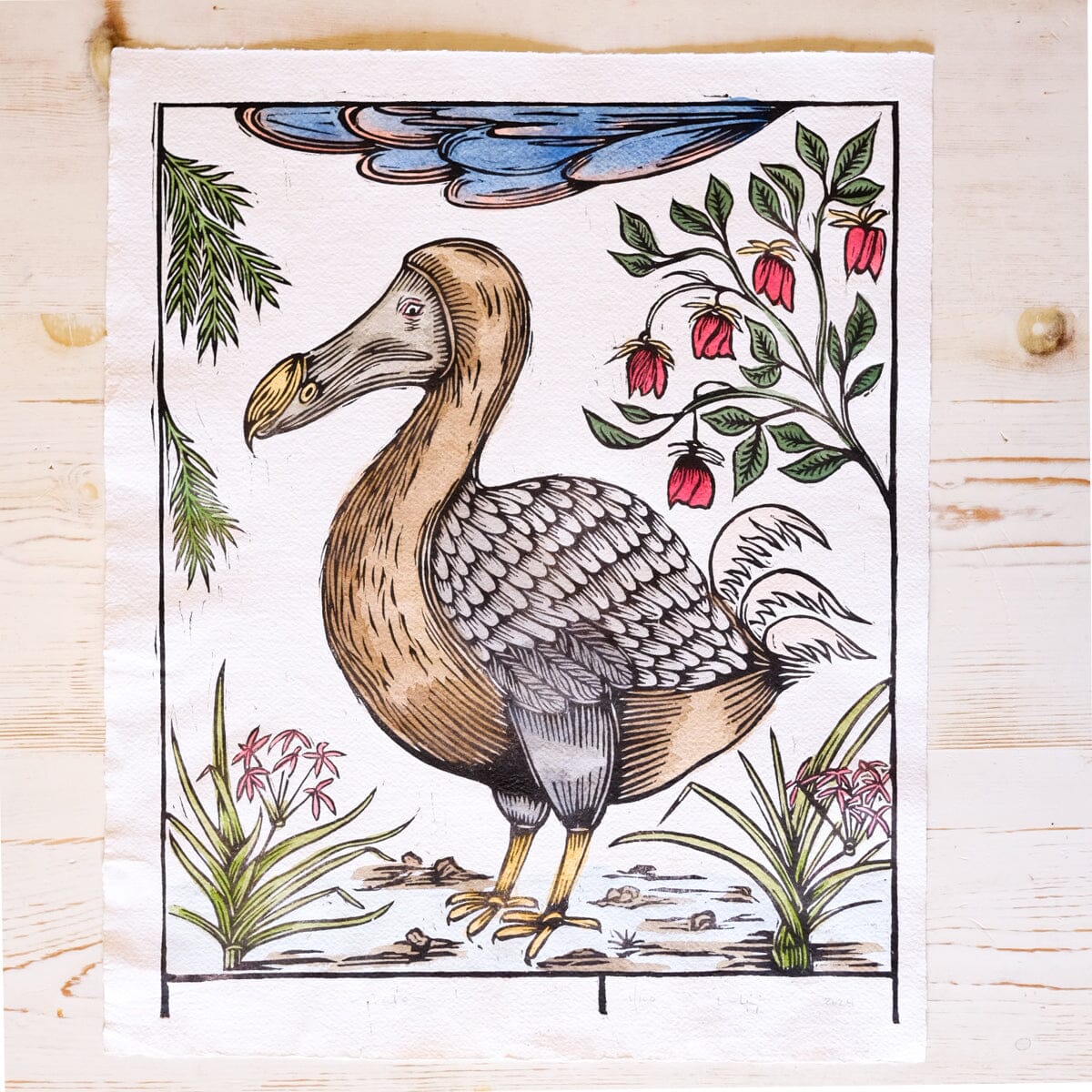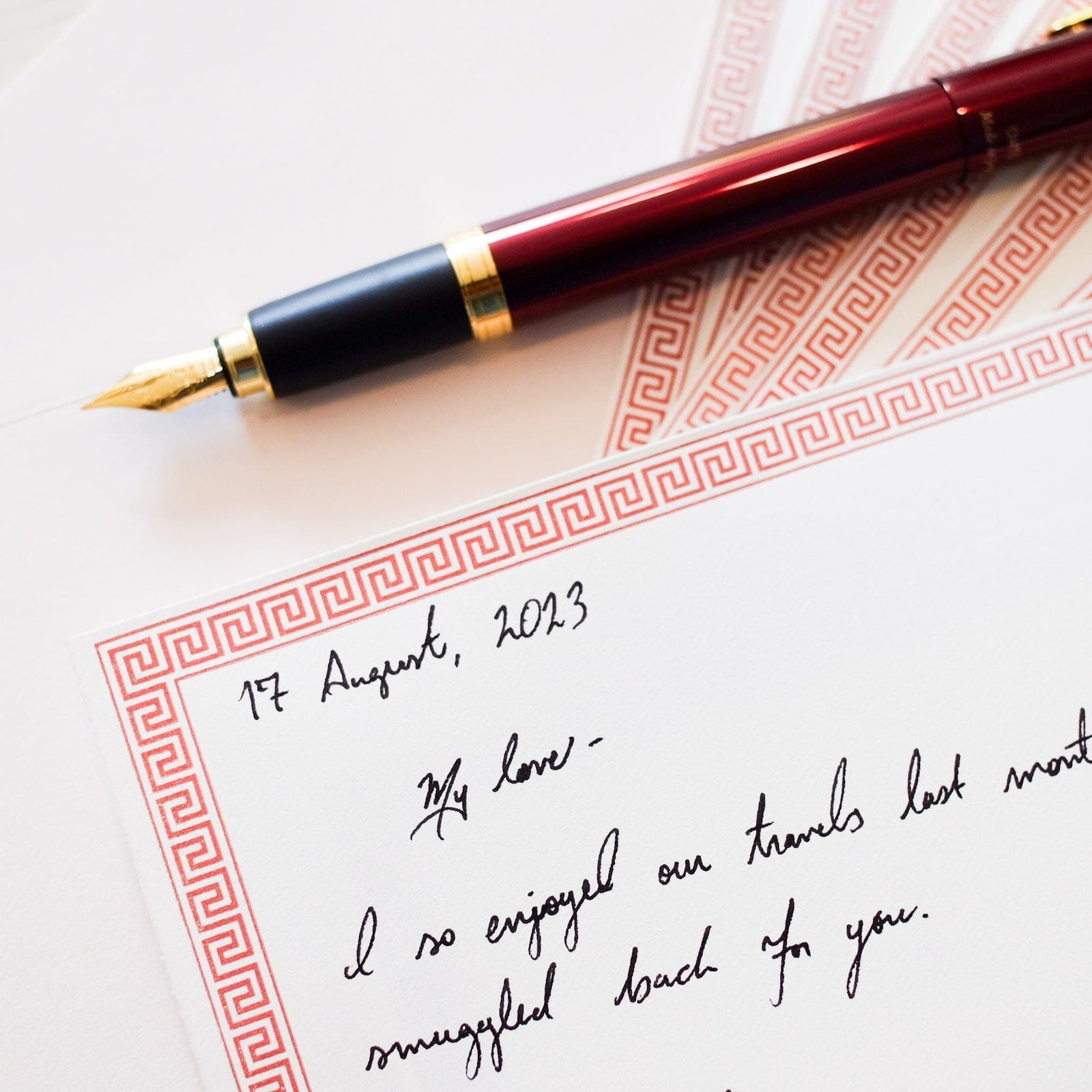- Home
-
SHOP
- New
- Planners & Journals
- Art Prints
- Framed Prints
- Hand-Painted Domino Papers
- All Prints
- Notebooks
- Stitch-Bound Notebooks
- Wire-Bound Notebooks
- Journals & Planners
- Other Notebooks
- Leuchtturm1917
- Cards & Stationery
- Writing Stationery
- Greeting Cards
- Cambridge Imprint
- Writing Instruments
- Kaweco: Pens & Ink
- LAMY: Pens & Ink
- Ferris Wheel Press: Pens & Ink
- Pineider: Italian Fountain Pens
- Vintage & Antique Pens
- Midori & Pilot Pens
- Bottled Ink
- Calligraphy
- Vintage Pencils
- Blackwing
- Tombow
- Caran d'Ache
- Desk Accessories
- Paperweights
- Stickers
- Stationery Accessories
- Dresden Foils
- Clips & Letter Openers
- Erasers
- Table Linens & Home Goods
-
Events & Classes
- Contact & Locations
- Blog
-
Weddings
- Work With Us!












Jean McCormick
September 30, 2019
This was is very interesting and informative post on an historic paper design and its creator. I especially liked the detailed description of the making of the block and printing method. You seem to have produced a beautiful and faithful reproduction. Kudos and thanks.